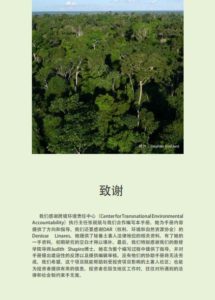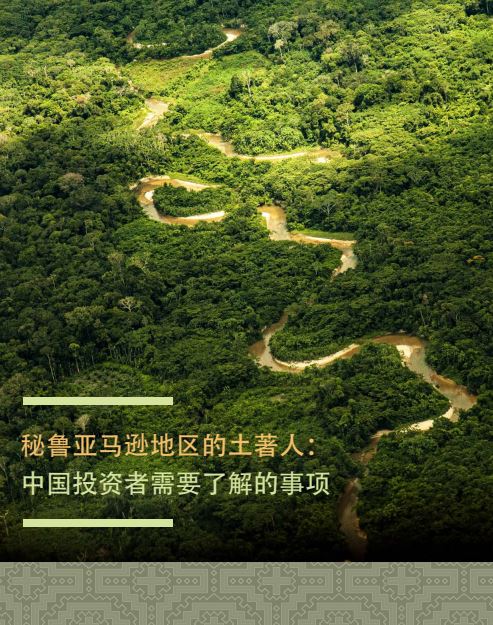Denisse Linares Suarez
Amazonia Program
The Asian Investment and Infrastructure Bank (IIAB) is developing its Annual Meeting called Sustainable Infrastructure Towards a Connected World, which, according to the Bank, it “aims to reaffirm the crucial role of infrastructure in supporting recovery, growth and connectivity”. In this regard, let us remember that the IIAB was an initiative of the People’s Republic of China, then, in 2016, it was founded by 57 members, being the most recent multilateral development bank.. It currently has 105 member countries, so its magnitude is global and it has sufficient financial capacity to develop projects around the globe.
In turn, the IIAB is one of the main financiers of the Chinese project Belt and Road Initiative (BRI) , of which Panama, Venezuela, Ecuador, Uruguay, Chile, Costa Rica, Bolivia, Cuba and Peru are part of. The BRI includes projects mainly in the energy and infrastructure sectors. Thus, there is a relationship and influence of the IIAB in Latin American countries, so it is necessary to observe the implementation of safeguards and environmental and social rights in financed projects, in this case from the IIAB.
In this regard, Derecho, Ambiente y Recursos Naturales (DAR) shares the manual Indigenous Peoples in the Peruvian Amazon: What China Needs to Know, which provides a first look for Chinese investors who might have plans to pursue development and extraction projects in these areas. It provides a guide for how they can proceed ethically in ways that are mindful of the legal rights of the indigenous people who have long inhabited the Peruvian Amazon. This document was published in 2020 in English version, but we considered the necessity to elaborate a Chinese version to facilitate the reading by the investors and institutions from China.
The handbook was written by a team of American University graduate students from the School of International Service as a Capstone Practicum project. It was written at the request of Chinese environmental and human rights attorney Jingjing Zhang of the Center for Transnational Environmental Accountability (CTEA) and in partnership with Derechos Ambientes y Recursos Naturales (DAR) with the contribution from Denisse Linares, specialist from the Amazon Program .
In this sense, we believe that this document is a contribution to the IIAB and other development banks and investors from China and Asia for them to implement projects in a respectful way keeping in mind the human rights and the national and international environmental standards.
See the handbook here

-
Ver: https://www.eda.admin.ch/deza/es/home/partenariados-mandatos/organismos-multilaterales/instituciones-financierasinternacionales/aiib.html#:~:text=El%20BAII%20fue%20fundado%20por,%C3%A1rea%20de%20infraestructuras%20son%20enormes.
-
Jensen, E. (2022). Guía introductoria al Banco Asiático de Inversión en Infraestructura: Una herramienta para las organizaciones de la sociedad civil en América Latina.
-
“La BRI contempla un presupuesto de 890 mil millones de dólares que serán provistos de un fondo establecido en 2014 integrado por el Nuevo Banco de Desarrollo (NDB, por sus siglas en inglés), de la banca china y, principalmente, del Banco Asiático de Inversiones en Infraestructura (AIIB)”. Perez. (2017). El rol del AIIB en la Nueva Ruta de la Sede Verde.


